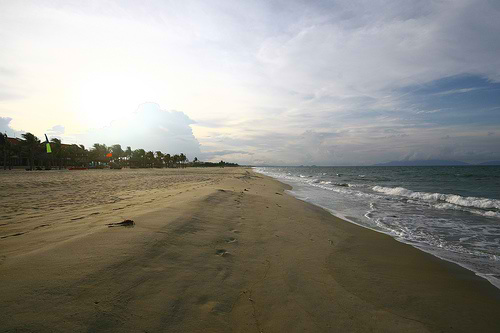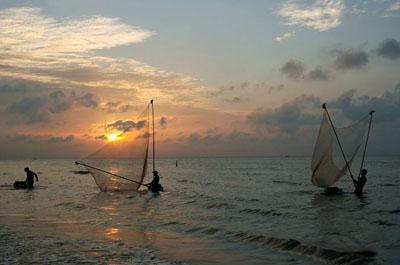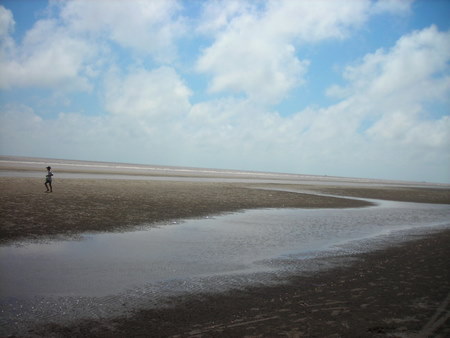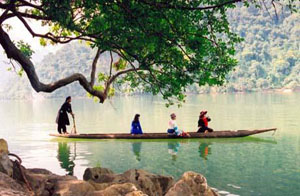Situated on the central coast of Vietnam, which is famous for many beautiful beaches. Lang Co beach, since June 2009 has become an official member of the “World’s most beautiful bays” club. Today, it is a popular destination for tourists in Vietnam travel, especially for those who love beach so much.
Situated on the central coast of Vietnam, which is famous for many beautiful beaches. Lang Co beach, since June 2009 has become an official memnber of the “World’s most beautiful bays” club. Today, it is a popular destination for tourists in
Vietnam travel, especially for those who love beach so much.
With the length of approximately 10km, Lang Co beach located in Lang Co town, Phu Loc district,Thua Thien- Hue province is next to the National Highway 1A and near Hai Van Pass. It is considered an ideal place for beach lovers. Situated on the central coast of Vietnam with many famous beautiful beaches, Lang Co with its gradually slopping, white sand, blue sea, and the average temperature of 25oC in the summer, is an attractive destination for both domestic and international tourists in Vietnam travel.
Most tourists joining
tours in Vietnam are attracted to this beach because of its attractive natural landscape. Lying on the most beautiful curve of the country, Lang Co has almost everything that the nature can offer: green mountains and tropical forests, smooth white sand, full of sunshine and cool, blue and clear sea as crystal. It is the 3rd bay of Viet Nam, after Ha Long and Nha Trang named in the list of 30 most beautiful bays in the global.
So stunning, in the Nguyen Dynasty, the Royal Step-over Palace named Tinh Viem (abating the hot weather) had been built here for the king's family members. The French also left their traces here, related to the name of this land. Lang Co, it is probably derived from "Lang Co" (literally means Stork Village) or L 'An Cu (An Cu - Settle down) - its original names when the French pronounced as Lang Co. Nowadays, many modern resorts has been going to build here.
It can be said that nobody can resist a nature beauty like Lang Co town. This small and peaceful town will give you the most relaxing time and many games at the beach. In addition, you will have good time to enjoy the seafood with various kinds of shrimps, lobster, sea shrimp, crab, butter-fish, mackerel fish, oysters, etc and not far from the beach are some attractions such as Lang Co fishing Village, Chan May scenery.
Lying on the "Central Heritage Road", Lang Co is very close to other famous attractions such as the Imperial City of Hue, Hoi An Ancient Town, Son Tra Peninsula where the famous Son Tra Natural Reserve and beautiful beaches located, and so many more. The beauty of Lang Co Bay, Hai Van Pass, Bach Ma National Park and a fishing village in this area always attract many tourists in Vietnam tourism by a wonderful harmonious combination between human and nature.
It’s about 60km from the centre of Hue City but about 40km from Phu Bai International Airport to Lang Co beach. If visitors drive to Lang Co from Da Nang City through Hai Van Tunnel, the longest road tunnel in Southeast Asia, the distance will be about 25km. However, the longer way, about 40km, is still the choice of many adventure lovers to drive on the pass to contemplate the beauty and majestic of Hai Van Pass and Lang Co Bay from above.
If you pay a visit to Hue, you should once visit Lang Co beach where you can have the most relaxing time and admire the natural beauty of landscapes.












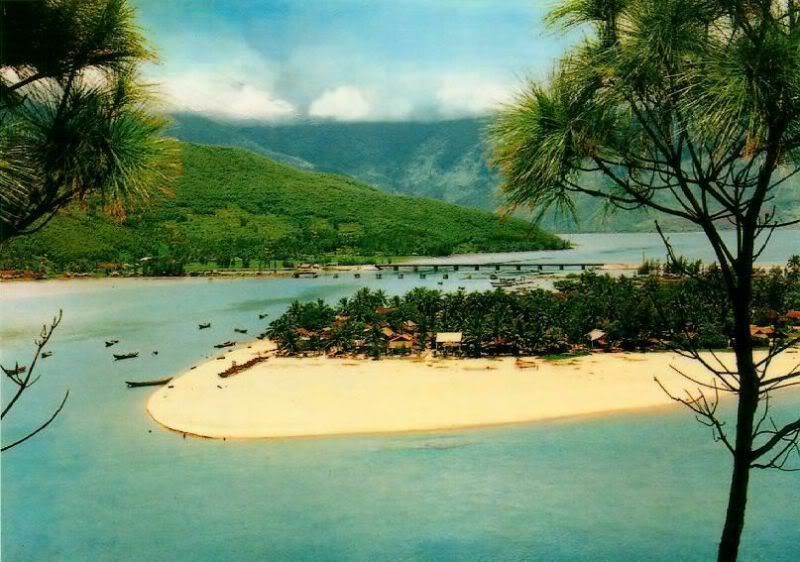
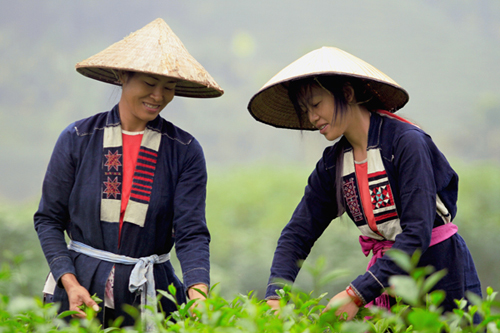 The San Chay girls (also known as Cao Lan, San Chi, etc.). San Chay people
The San Chay girls (also known as Cao Lan, San Chi, etc.). San Chay people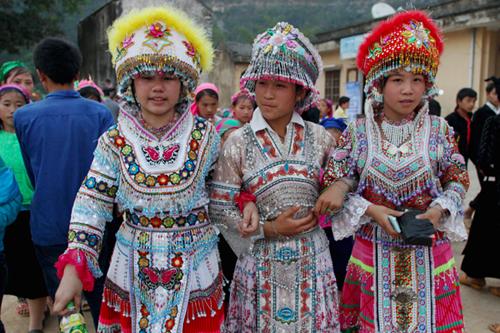 The Mong group has nearly 800,000 people, concentrated in the
The Mong group has nearly 800,000 people, concentrated in the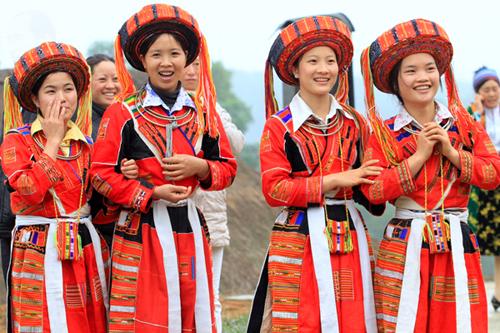 Pa Then people mainly concentrate in the provinces of Tuyen Quang and Ha Giang.
Pa Then people mainly concentrate in the provinces of Tuyen Quang and Ha Giang. Two Red Dao girls in colorful costumes. In Vietnam, the population of Dao
Two Red Dao girls in colorful costumes. In Vietnam, the population of Dao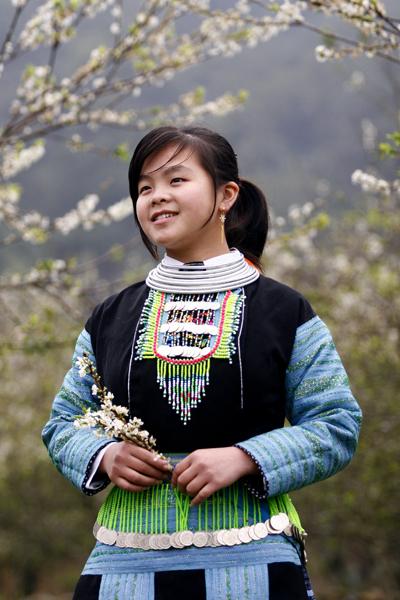
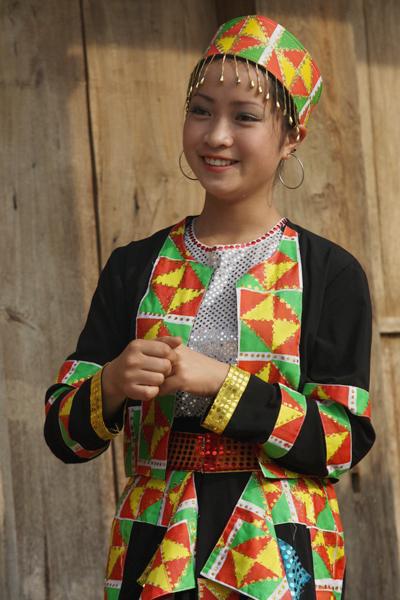
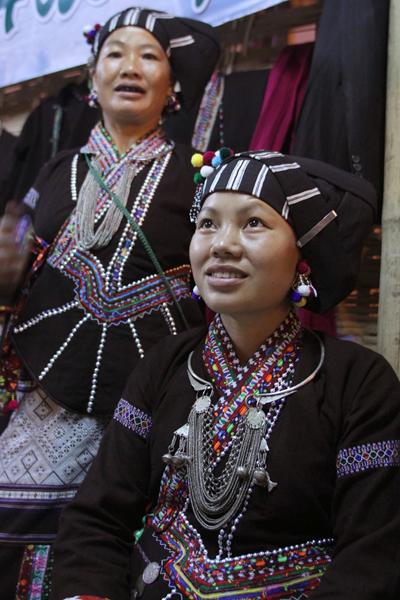
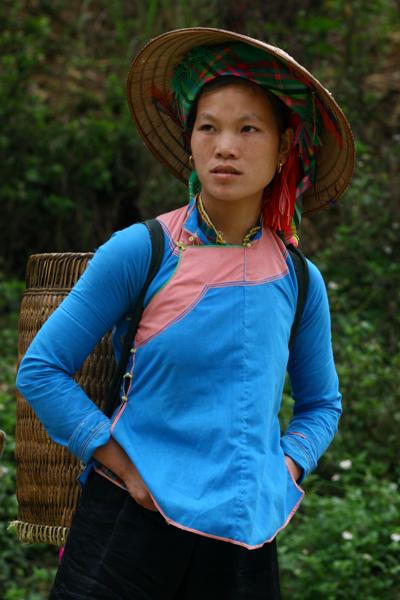 The Giay ethnic group has approximately 38,000 people, residing in Lao Cai,
The Giay ethnic group has approximately 38,000 people, residing in Lao Cai, Kho Mu girls. This ethnic group is concentrated mainly in Nghe An,
Kho Mu girls. This ethnic group is concentrated mainly in Nghe An, Here people live in the central province of Quang Ngai and Binh Dinh.
Here people live in the central province of Quang Ngai and Binh Dinh.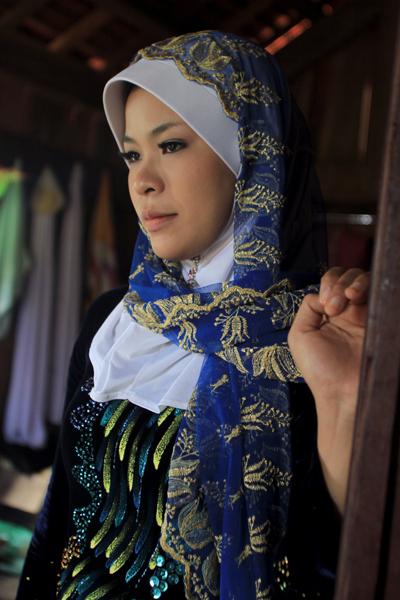 Cham people live in the southern region of Vietnam, such as An Giang,
Cham people live in the southern region of Vietnam, such as An Giang,